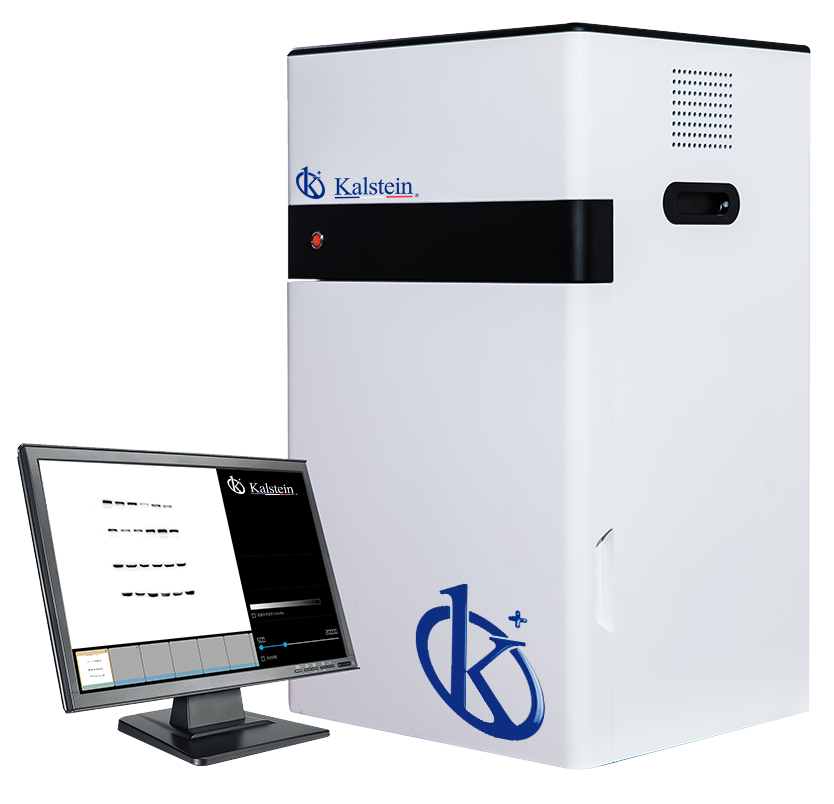A gel documentation system is a device for viewing, photographing, and analyzing post-electrophoresis gel bands. This equipment reduces operating times and the results are of high quality. Bands in gels that are not visible to the naked eye can be seen through the high resolution charge-coupled device and with focusing lenses.
Thanks to a filter mirror that prevents the infiltration of noise and the leakage of ultraviolet light, photos of gels can be magnified, stored, masked, programmed, placed the experimental reports in order, printed and loaded.
It is important to note that gel electrophoresis is one of the main tools in molecular, cellular and biochemical biology laboratories. In fact, it continues to be one of the main endorsements and essays requested when publishing important results in any scientific journal. For this reason, researchers require high-resolution and multiple-image recognition systems to process gels. From this point of view, the processing of the gels requires the highest sensitivity to ensure the quality of the results.
Currently, digital development allows to have image analyzers or gel documentation systems, specifically designed to adapt to the needs and budget of the laboratory. These provide innovative solutions for both image capture and analysis, and are configured based on the techniques used by each researcher.
How is electrophoresis performed?
The gel used in gel electrophoresis is generally made from a material called agarose, which is a gelatinous substance extracted from seaweed. This porous gel could be used to separate macromolecules of many different sizes. The gel is immersed in a buffer solution of the salt in an electrophoresis chamber. Tris-borate-EDTA (TBE) is commonly used as the buffer. Its main function is to control the pH of the system. The chamber has two electrodes – one positive and one negative – at its two ends.
The samples that need to be analyzed are then loaded into tiny wells on the gel with the help of a pipette. Once the load is ready, an electric current of 50-150 V is applied. Now, the charged molecules present in the sample begin to migrate through the gel towards the electrodes.
Once the separation is complete, the gel is stained with a dye to reveal the bands from the separation. Ethidium Bromide is a fluorescent dye commonly used in gel electrophoresis. The gel is soaked in dilute ethidium bromide solution and then placed in an ultraviolet transilluminator to visualize the separation bands. The bands are immediately examined or photographed for future reference, as they will diffuse into the gel over time.
Benefits of gel documentation systems
One of the great benefits of the gel documentation system is that they reduce the operating times of the users and therefore, higher quality results are obtained than those obtained in a common UV transilluminator or in the box to observe the gel.
At Kalstein we are MANUFACTURERS and we put at your disposal our documentation system for gels whose compact and friendly design allows you to easily capture the image of the gel in high quality, at the best PRICES on the market. That is why we invite you to take a look: HERE




